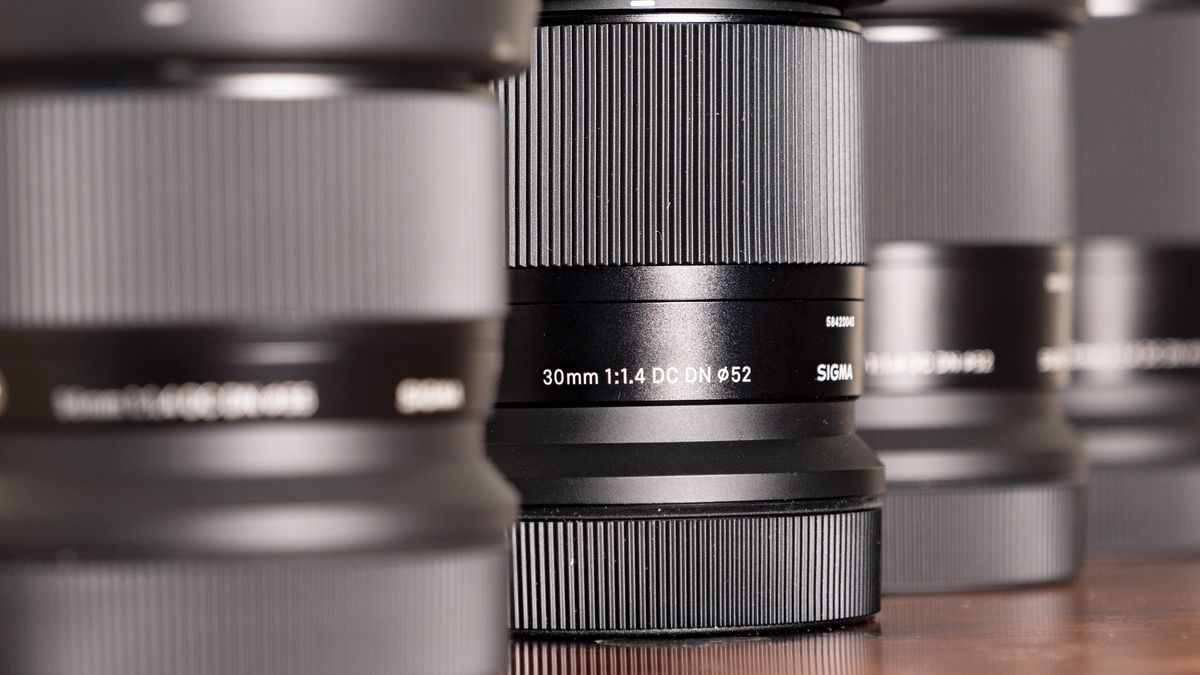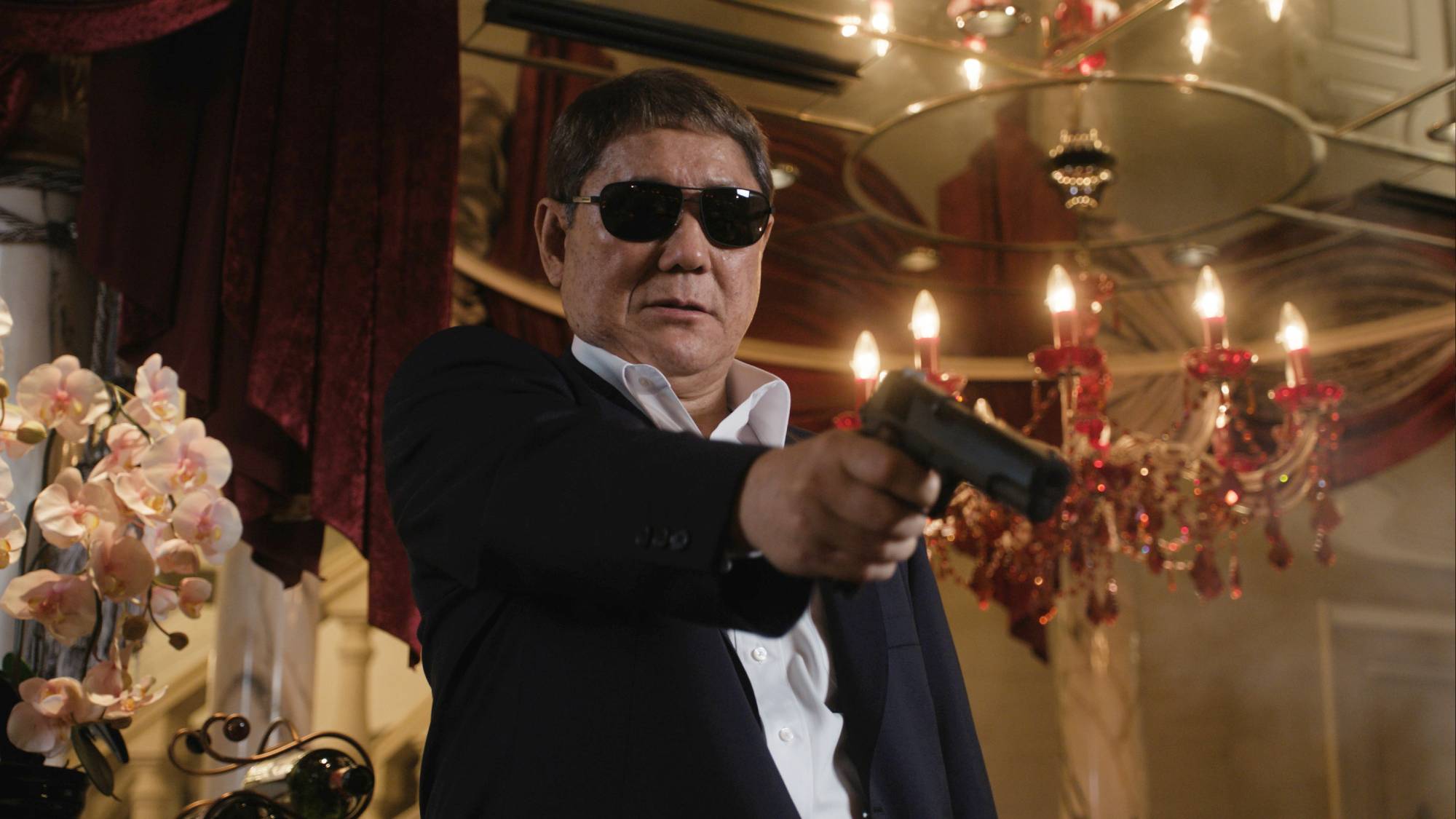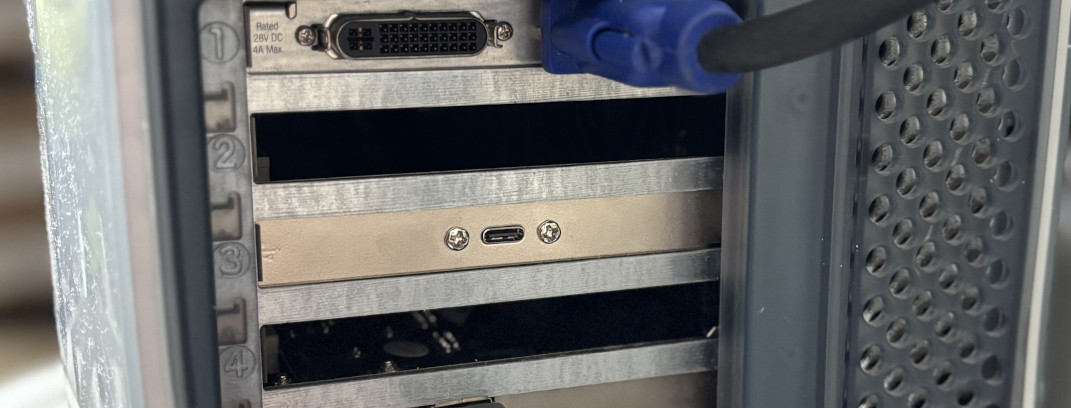
kept is RF-mount closed to third parties for several years, meaning that only were available for its – and with Canon's lens-making efforts focused on its full-frame cameras, its crop-sensor cameras, like the , and their users were mainly left out in the cold. That situation changed in to third-party lens makers, and Sigma was the first to come knocking, with some of its superb compact lenses now available for RF-mount cameras. I've had all four of its F1.
4 DC DN Contemporary prime lenses for several weeks now, and they're hugely impressive considering their prices. The lenses are the 16mm F1.4, 23mm F1.

4, 30mm F1.4 and 56mm F1.4 DC DN Contemporary lenses.
These are designed for Canon's crop-sensor cameras, meaning their equivalent focal lengths are 24mm, 35mm, 45mm, and 85mm respectively on those cameras. These lenses have been available for some time for E-mount and for Sigma's L-mount (which is also used by and Leica cameras), and some of the lens quartet are also made for Nikon Z-mount and X-mount, and other mounts too. There are also now two f/2.
8 zooms available for Canon RF – I tested the Sony version of the way back, and it's another superb option. Design-wise, each f/1.4 prime is similar to the next, with no physical controls, a dust- and splash-resistant rugged metal build quality, plus a snappy and quiet autofocus performance.
Sadly, they all differ in physical size and have various diameters for threaded lens filters, so the continuity isn't there for quick swapping between lenses when using a gimbal (you'll need to recalibrate), but are all impressively compact. Rather than splitting each lens into its own review, I thought it would be much more helpful to group them together into one round-up, establishing for whom and for what purposes each is best suited, and offering my verdict, and sharing which one I'm actually going to buy,, and why. So, in focal length order, starting with the widest lens first, let's take a quick look at each lens.
The 16mm F1.4 lens is the largest prime lens of the bunch, with the widest perspective, equivalent to 24mm. It measures 90.
3mm in length and weighs 14.6oz / 415g, while its perspective is similar to that of your phone's main camera – including leading models like and . This is an ideal lens for landscape photography in particular, while its wide perspective also works well for vlogging.
For Canon's APS-C mirrorless cameras, there's a wide-angle RF-S 10-18mm F4.5-6.3 IS STM zoom lens which can go even wider, but its maximum aperture if just f/4.
5 at the wide end. That's not an issue for landscape photography, for which you usually want depth of field, but Sigma's lens with its maximum f/1.4 aperture is more versatile for vlogging.
This is the most optically complex f/1.4 Sigma prime in this group, comprising 16 elements in 13 groups, and I found image quality to be excellent – detail is pin-sharp from center to edges when the aperture is stopped down a little, while the maximum f/1.4 aperture can give you a nice focus fall-off for closeup portraits.
Check out a few sample photos in the gallery, below. It's important to note just how heavily lens corrections are applied to JPEGs for Canon's RF-mount mirrorless cameras. In identical raw+JPEG images taken with the 16mm lens, you'll see barrel distortion in the uncorrected raw file and, at times, noticeable color fringing (chromatic aberration).
I've found that 's Camera Raw software doesn't easily correct color fringing, and as such I've tended to shoot both raw+JPEG simultaneously, using the raw files as a backup for images that I might need to make heavier edits to, for example when the exposure is off; otherwise I'm happy simply shooting JPEGs. My kind of lens, the Sigma 23mm F1.4 DC DN Contemporary has an equivalent 35mm focal length, making it the obvious choice of the Sigma bunch for reportage and street photography, with its moderate wide-angle flattering enough for portraits and for when the surroundings are part of the story.
Considering its maximum f/1.4 aperture, the 23mm lens is impressively compact, measuring just 76.9mm in length and weighing just 12oz / 340g.
I paired it with Canon's smallest and cheapest mirrorless camera, the EOS R100, and the combination had a really nice balance to it, and the same will be true with the larger EOS R7. Optically, the 23mm lens comprises 13 elements in 10 groups and has 9 aperture blades for what Sigma describes as a rounded diaphragm. There's not really a similar lens currently available for Canon's APS-C cameras – the RF 35mm F1.
8 Macro IS STM lens is closest but it's designed for full-frame cameras. It'll still work with APS-C cameras, but its focal equivalent 53mm focal length is even a little tighter than Sigma's 30mm F1.4 DC DN lens.
Picture quality is very good, from what is the priciest lens of the quartet. Detail is sharp although I have noticed color fringing in raw files when shooting wide open, as well as vignetting, while barrel distortion is minimal. Again, lens corrections are applied automatically to Canon's mirrorless camera JPEGs, which pretty much deals with the distortions, although you might still want to shoot in raw format too in case you'd like to make further edits.
With its 45mm equivalent focal length, the Sigma 30mm F1.4 DC DN Contemporary is an ideal every day lens, with a similar perspective to your eyes' field of attention. That means a flattering perspective for portraits, that's still wide enough to give you room to play with for composition around subjects.
This is the second smallest lens of the quartet, but at 10.1oz / 285g it's actually a few grammes lighter than the smaller 56mm lens. It's pretty easy to manufacture a lens with this focal length and aperture – the 30mm lens comprises just 9 elements in 7 groups and a 9-blade aperture, and as such this is the cheapest lens of the collection – a highly competitive $319 / £319 (around AU$400), plus it is usually available from select retailers for even less.
Like all the lenses in the lineup, it's dust- and splash-resistant too, while all versions of it except the L-mount version feature linear focus. On the one had this is the least exciting lens of the bunch for me – it's highly competent but lacks the same sort of optical character I see in Sigma's other lenses. But if you know this is a focal length you love, then you can't go wrong here – again, there's no lens to rival this one for Canon's RF-mount APS-C mirrorless cameras, plus it's reasonably priced.
Detail is sharp and there's no such barrel distortion to speak of, but color fringing is pretty severe in uncorrected raw files especially at f/1.4 to f/2.8.
Again, shoot JPEG and color fringing is mostly dealt with, although not completely. If you have the patience for it, Canon's own editing software is worth a look as it more effectively deals with lens distortions, but it doesn't run as smoothly as popular Adobe choices. If you're a Canon user, shooting with the likes of the EOS R10, then I think the dust- and splash-resistant Sigma 56mm F1.
4 DC DN is the most exciting second lens you can buy to complement the basic RF 18-45mm kit lens. Not only does its 56mm focal length give you a tighter perspective and flattering compression, but its f/1.4 maximum aperture can get a lovely shallow depth of field with smooth focus fall-off.
Put simply, this lens takes next-level portraits over Canon's kit lens. With a lens construction comprising 10 elements in 6 groups, plus a 9-blade aperture, detail is sharp while bokeh is dreamy. You can see in some of my example pictures in the gallery (below) that bokeh is soft and free of any ugly onion-ring effect that you typically get with cheaper lenses, like Canon's RF-S 55-210mm F5-7.
1 IS STM. Bokeh has a pronounced cats eye effect in places rather than round, but I don't mind that – more importantly it's soft and dreamy. Another thing I really appreciate about the lens is just how lightweight and compact it is.
At 10.2oz / 290g for the Canon RF version and measuring just 57.5mm in length, this is a positively tiny lens that sits really well even with Canon's smallest mirrorless camera, I've been majorly impressed with this lens, and if I was to pick just one of Sigma's f/1.
4 primes to complement a Canon zoom lens, this the smallest of the bunch would be it. It's not perfect, but it's the one you'll notice the biggest difference with in your photos. Each of Sigma's four F/1.
4 DC DN Contemporary prime lenses offer something unique for Canon's APS-C mirrorless cameras, the EOS R100, , EOS R10 and , although other brands like Sony and Fujifilm have a much wider choice of their own lenses for APS-C cameras, so there's arguably less of a need besides Sigma's competitive price point. Canon's has a smattering of zoom lenses in this format, plus a few prime lenses for its full-frame cameras that are compatible with APS-C are an OK fit, such as the , but they are not truly designed for the format. As such Sigma's lenses for Canon's RF mount cameras are highly appealing.
Most of Canon's APS-C cameras are bundled with the RF-S 18.45mm F3.5-5.
6 kit lens. Considering that's a lens that most users will already own, I think that the Sigma 56mm F1.4 DC DN Contemporary is the most obvious lens of Sigma's quartet to pick – it offers something completely different to that kit lens and can get you next level portrait photos and telephoto landscapes.
I also really like the 23mm lens for reportage and the 16mm for video work, and could see myself picking those up second and third, but the first lens I will pick up is the 56mm. How about you, what Sigma lens for Canon appeals the most? Let us know in the comments below..















